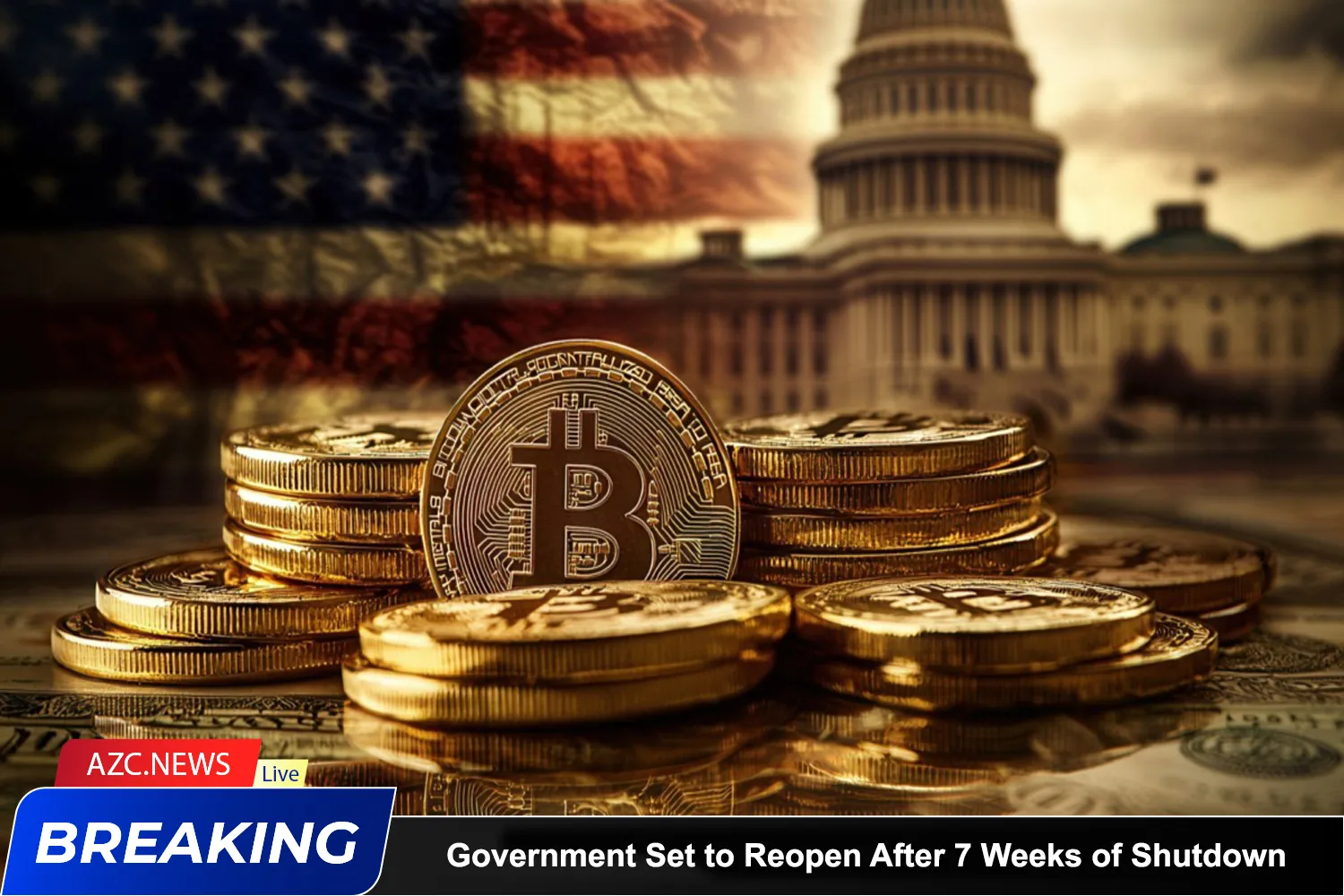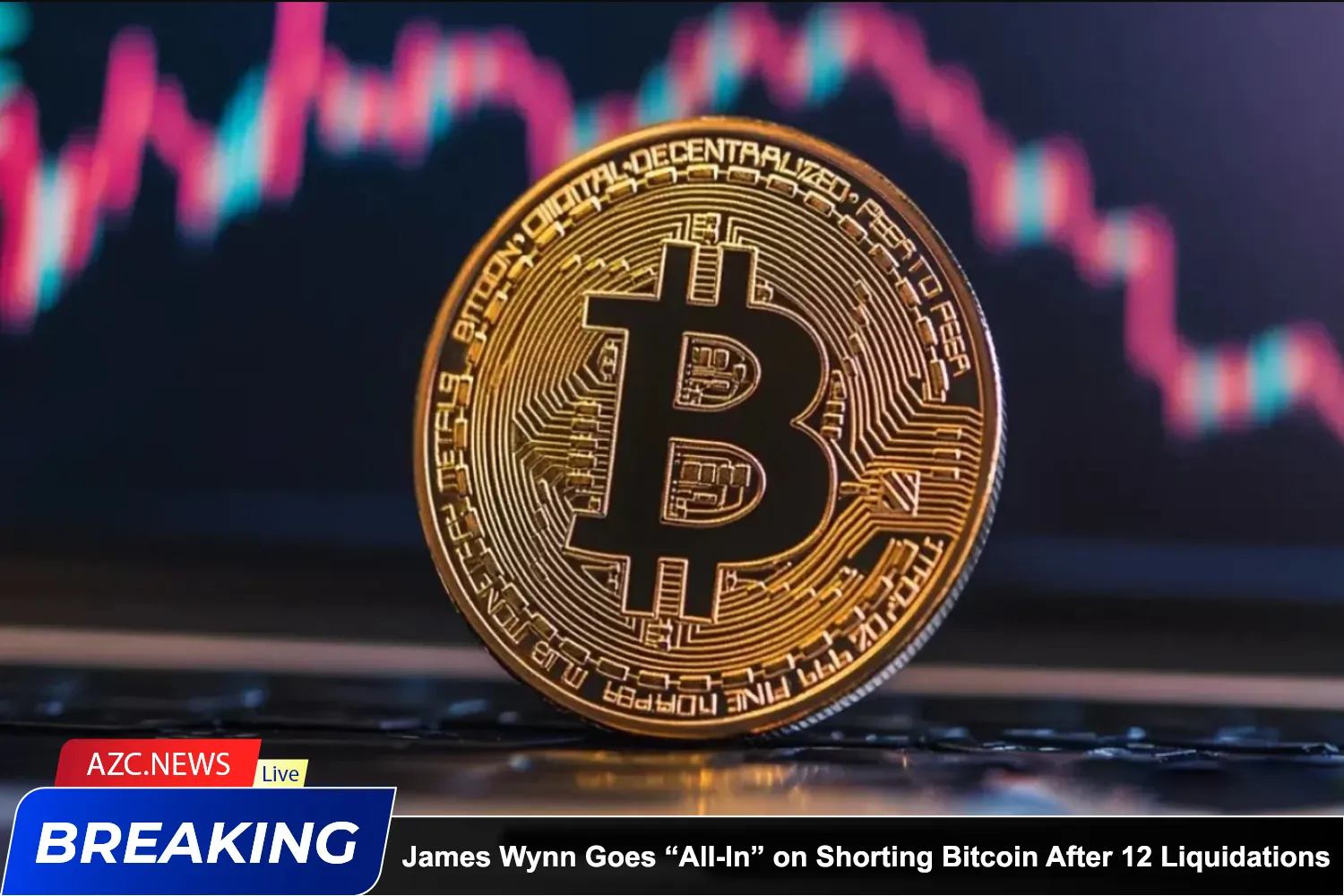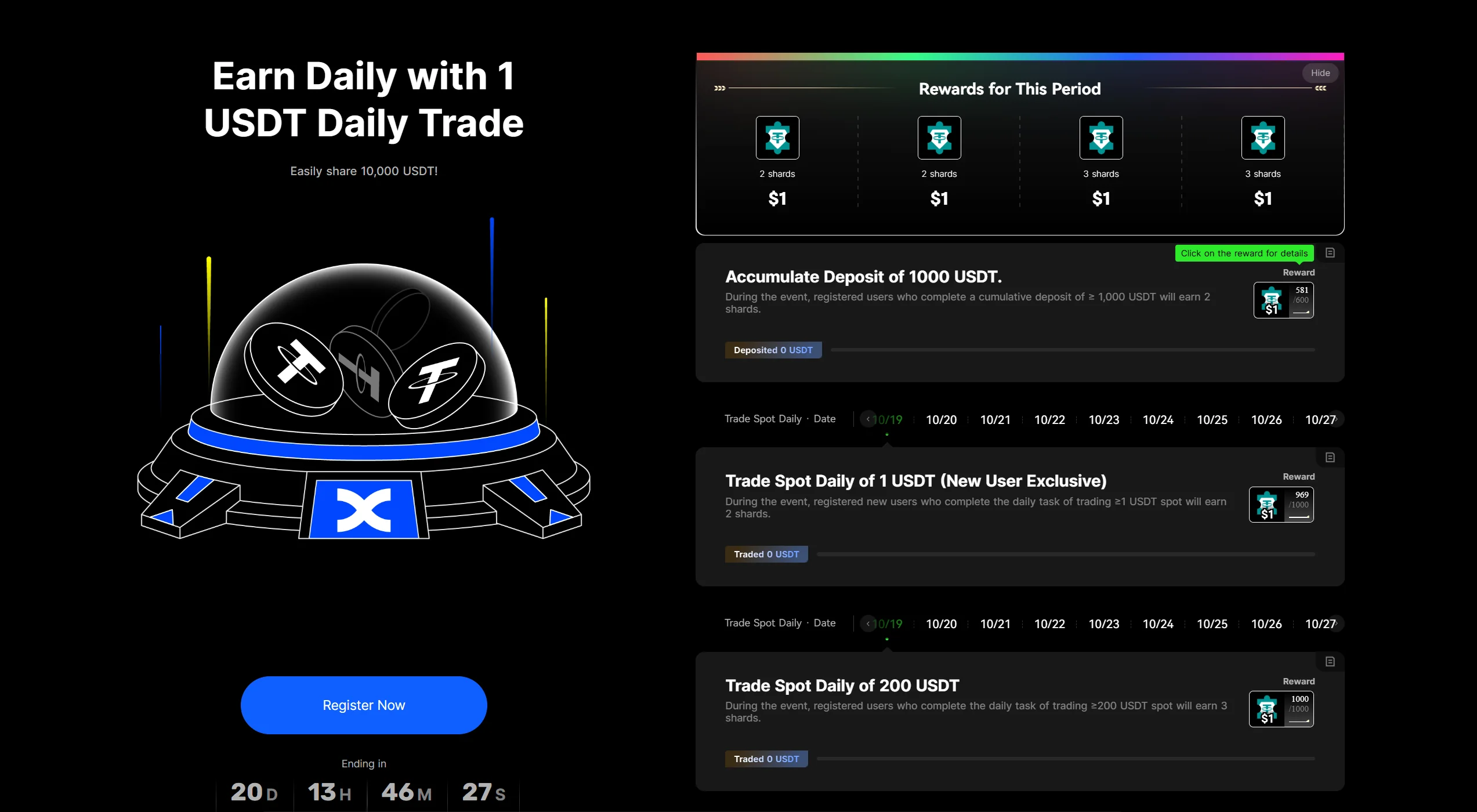As living costs, college tuition, and housing prices skyrocket, many young Americans are turning to meme coins as a kind of “digital lottery ticket” — a slim chance to change their lives. They dive into investments with dreams of quick riches, despite overwhelming risks. Yuvia Mendoza, who earns a six-figure income, still feels insecure because “no one can afford a house in San Francisco.” That’s why she’s willing to gamble on crypto. Similarly, Veronica Sutton dropped out of college due to a $20,000 debt and turned to meme coins after her boyfriend gifted her Bitcoin and she got swept up in the craze.

FOMO Trend: Easy Come, Easy Go
Meme coins, by nature, lack technological value or practical utility. They survive on social media hype and temporary frenzies. Some people have made tens of thousands of dollars in hours — and others have lost everything overnight. Jeff Matthews, for example, turned $250 into $75,000, only to suffer heavy losses on a token called DNUGS. Another student watched in regret as $2 million in profits vanished because he didn’t sell in time. Despite knowing the risks, many jump into the “gamble” — feeling as though they have no better financial option.
Related: Elon Musk’s Influence on Memecoins Is Fading
A Financial Rebellion and a Wake-Up Call
Experts view meme coins as symbols of disillusionment and rebellion by young people against the traditional financial system. Vitalik Buterin, founder of Ethereum, recommends allocating only a small portion of capital to meme coins, as their value depends entirely on “trends” — which can disappear in an instant. According to Pew Research, nearly half of American men aged 18 to 29 have experimented with crypto.
However, without understanding the team behind a coin, the project’s purpose, or when the trend might fade, investors risk becoming victims of speculative bubbles. Meme coins, while tempting with their promise of instant wealth, remain a high-stakes gamble — where staying informed and clear-headed is essential to avoid ending up empty-handed.







